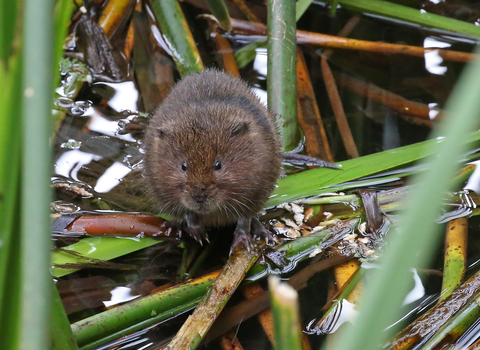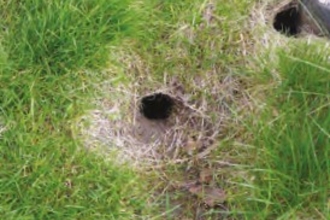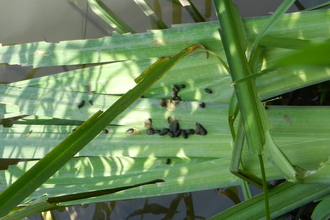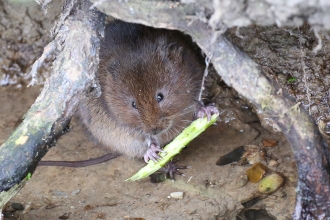Water voles were once common place in the area but were wiped out following predation by American mink and habitat degradation. The good news is water voles in Warwickshire are now making a comeback! We now have a regionally important population of water voles in North Warwickshire. This is due to a combination of American mink seemingly reducing in number, perhaps as a result of increasing otter populations (that outcompete them) and continuing habitat enhancement work by Warwickshire Wildlife Trust (supported by local Councils). Warwickshire Wildlife Trust is working to strengthen and expand this central population hub along the well-connected canal and river networks particularly the Coventry Canal, Oxford Canal and River Anker.
Warwickshire Wildlife Trust is training local people to help conserve their valuable local waterways and working to enhance the river and canal bank habitat to help water voles move freely, with more nesting and feeding opportunities. Where canal edges are concreted or lined with metal the Trust is creating platforms and ladders to help water voles get out to feed. This includes trialling new ‘water vole motels!’ woven from willow, hawthorn and using coir rolls (coconut husk). National Lottery funding has been vital to this Water Vole Recovery Project.
To the west of our county, our Tame Valley Wetlands scheme has been working for a number of years to prepare the area for the return of water voles if we can create a Nature Recovery Network that would allow the water voles to spread from their strong hold to other parts of the county. With water voles not far away in North Warwickshire this work will help to expand the species range. For the Tame Valley this means that water voles will be encouraged along the River Anker and Coventry Canal which links into the Tame Valley scheme area. This will help strengthen the overall regional population, help maintain a large genetic pool and minimise isolation of smaller colonies.
You can learn more about water voles and how to tell the difference between them and rats here.

CJHGraphics
Signs of water voles
Water voles can be hard to spot, but you may hear a distinctive ‘plop’ as they enter the water. Often the best way to look for water voles is to look for field signs:
Image and video gallery
View images from our Water Vole Recovery project and a beautiful video of Marston Junction, a site in the project, filmed by Simon Watts, Wild Presentations.
Filmed by Simon Watts, Wild Presentations








